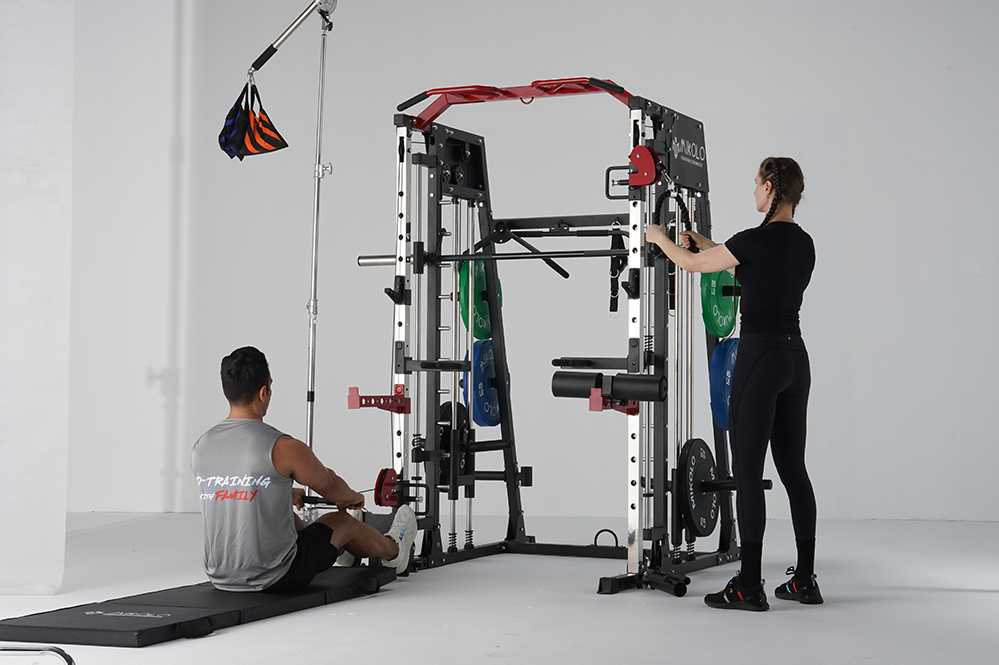If you’ve ever held a hand grip and wondered how such a small tool could strengthen your hands and forearms, you’re not alone. Hand grips work by providing progressive resistance when you squeeze the handles, challenging your grip strength, forearm endurance, and even mental focus during each rep. But how do hand grips work, and do hand grips work your biceps as well? Let’s break it down clearly.
How Do Hand Grips Work?
Hand grips operate on mechanical resistance: as you squeeze the handles together, you contract the muscles responsible for closing your hand. This includes the flexor digitorum profundus and superficialis, flexor pollicis longus, and various smaller intrinsic muscles of the hand and forearm.
Over time, using hand grips helps increase your grip strength, crush strength, and muscular endurance, which is beneficial not just for lifting heavier in the gym but also for daily activities like carrying groceries or opening jars.
Do Hand Grips Work Biceps?
A common misconception is that hand grips significantly train your biceps. The truth is, hand grips do not directly work your biceps. The primary movers during hand grip exercises are your forearm flexors and extensors. However, indirect activation may occur when you integrate hand grips into compound training (like holding heavy deadlifts or farmer’s carries), where your biceps help stabilize your elbow position under load.
If your goal is bigger biceps, you will need direct arm training, such as curls, in addition to grip training for complete upper-body strength development.
Benefits Beyond Strength
Beyond raw grip strength, regular use of hand grips can improve wrist stability, enhance forearm vascularity, and reduce your risk of injuries related to weak grip during sports or lifting. Athletes in climbing, wrestling, baseball, and even golfers often use hand grips to develop the forearm and grip endurance necessary for their sports.
Personal Insight: Training Grip for Practical Strength
When I began incorporating hand grips consistently, I noticed a dramatic improvement in bar control during heavy lifts and less fatigue during longer pull-up sessions. Tasks like carrying heavy grocery bags or holding onto a suitcase during travel became noticeably easier. The best part? It requires minimal equipment and can be done while reading or taking a walk, making it a practical addition for anyone aiming to build strength without complex equipment.
How to Get Started
-
Choose a hand grip with moderate resistance so you can complete 8–15 reps with control.
-
Train 2–3 times a week, focusing on controlled squeezes and holds.
-
Integrate holds (isometric squeezes) for 10–30 seconds to improve endurance.
-
Progress to higher resistance models over time as your strength improves.
In summary, hand grips are effective for building hand and forearm strength, indirectly supporting your performance in pulling movements, but they are not a direct bicep-building tool. Consistent use can enhance your everyday strength and athletic performance, making them a small but powerful addition to your training routine.
If you need a simple yet effective way to boost grip strength, add hand grips to your routine and experience the daily benefits firsthand.












































Leave a comment
This site is protected by hCaptcha and the hCaptcha Privacy Policy and Terms of Service apply.